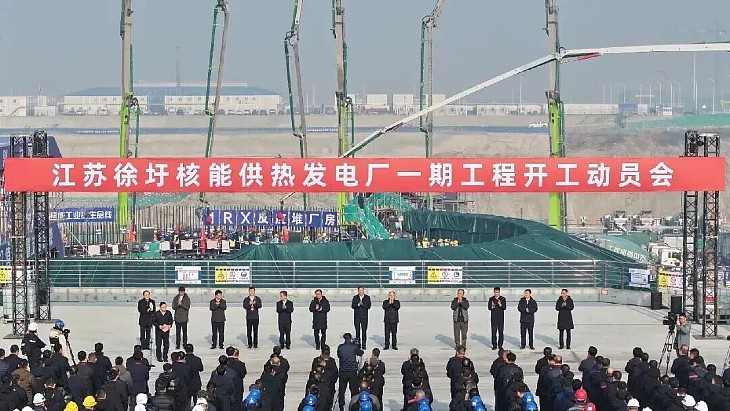A fire at a sulfuric acid production plant has led to rationing in Kazakhstan. KazAtomProm said supply problems should be resolved by the end of the year but it might have to revise uranium production forecasts for early 2008.
Sulfuric acid is used as the main chemical reagent in in-situ leaching (ISL) uranium production, which is able to extract uranium with no need for excavation. In addition to disruption by fire at one plant, the start-up of some new facilities has also been delayed. The result has been rationing of acid, which could continue into the second quarter of 2008.
The problem is particularly important for Kazakh uranium mining, which predominantly uses ISL and requires large amounts of non-reusable sulfuric acid to counter the neutralising effect of the high carbonate content of Kazakh orebodies.
National nuclear company KazAtomProm's response has been to conclude additional acid supply contracts with Uzbek suppliers amounting to 10,000 tonnes by the end of 2007. After that the company said its subsidiaries expect to source more acid from Russian suppliers for the period to May 2008 when a large new plant is set to start in Kazakhstan.
The plant is part of a project to reduce the emissions of a copper smelting facility. Instead of emitting 2500 tonnes of sulfur dioxide per day as a biproduct of copper, a co-located plant will produce sulfuric acid at the rate of 3850 tonnes per day. The project is supported by a $20 million loan from the European Bank for Reconstruction and Development.
The new facility in Balkhash should produce 1.2 million tonnes of acid per year - enough for all KazAtomProm's new mine projects. Nevertheless, KazAtomProm warned that it might have to adjust its uranium production forecasts for the first half of 2008.
KazAtomProm is the country's nationalatomic company and operates a number ISL mines. In coming years, thecompany will start production at many more managed as joint ventureswith companies from Canada, China, France, Japan and Russia.
Cameco and Uranium One, who both have stakes in joint venture mines with KazAtomProm have both warned of potential changes to their uranium production forecasts. Uranium One revised its production estimate for 2008 from 7.4 million pounds U3O8 to 4.5 million pounds, saying this was primarily due to the effect the acid shortage would have on the ramp-up of the South Inkai and Kharasan mines. The company said that figures were based on the the shortage being resolved in the latter half of 2008.
Overall, Kazakhstan intends to grow its uranium exports from 4400 tonnes of uranium per year in 2005 to 18,000 tonnes in 2010. In addition it has plans and partners to develop the entire process of manufacturing nuclear fuel.
Further information
Cameco
KazAtomProm
Uranium One
WNA's Uranium and Nuclear Power in Kazakhstan information paper
Acid shortage delays Kazakh expansion
A fire at a sulfuric acid production plant has led to rationing in Kazakhstan and affected uranium mining operations.





_45278.jpg)
_28178.jpg)
_66891.jpg)





